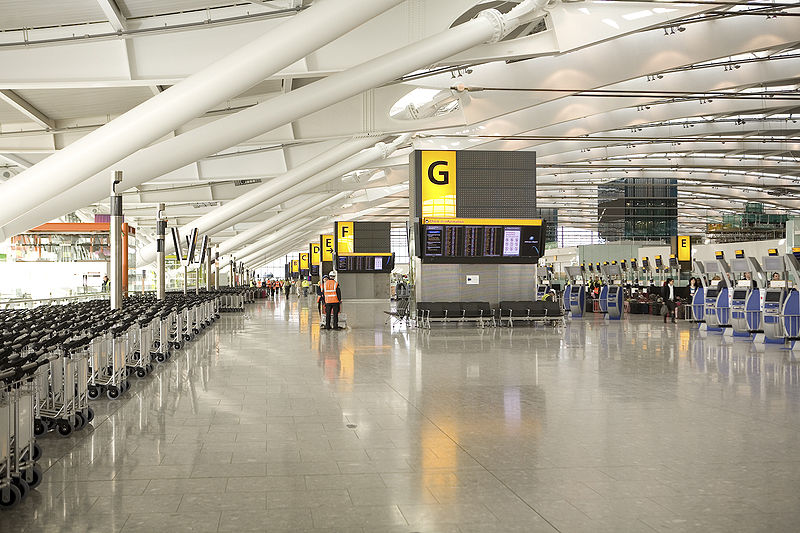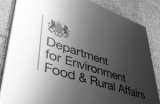
Air travelers who were hoping to leave behind the days of "tiny toiletries" are facing disappointment as European airports reintroduce strict cabin bag rules. Some EU destinations
had previously lifted the 100ml limit for liquids in hand luggage, but as of Sunday, the restriction is back in place. This move follows a similar reintroduction of the rule in the UK earlier this summer.
This means that if you've been on holiday, you can no longer purchase large bottles of sunscreen, perfume, or local beverages at your destination and expect to carry them home in your hand luggage.
But why has this change occurred? And will the relaxed rules that were starting to appear in some locations ever return?
What’s Happening in the EU?
For years, airline passengers around the world have become accustomed to the 100ml limit on liquids, pastes, and gels in hand luggage, which must be placed in a clear plastic bag. However, new scanning machines using CT X-ray technology should, in theory, allow larger volumes of liquids to pass through security, and even allow laptops to remain in bags.
Some EU airports, such as those in Rome and Amsterdam, had already implemented these new scanners and eased their rules. However, most airports had not yet made the switch, with some still trialing the new technology.
The Airports Council International (ACI) Europe estimates that around 350 of these advanced scanners are now in use across 13 EU countries, including Germany, Ireland, Italy, Lithuania, Malta, the Netherlands, and Sweden. Despite this progress, the EU has reinstated the 100ml limit to address a technical issue with the new equipment.
In July, ACI Europe criticized the reintroduction of the restriction, calling it a "setback for the passenger experience and a blow to major investments made by airports." The organization's director general, Olivier Jankovec, emphasized that while security remains the top priority, airports that were early adopters of the new technology are being penalized both operationally and financially. He also raised concerns about the trust and confidence the industry can place in the current EU certification system for aviation security equipment.
What Happened in the UK?
Earlier predictions that all UK airports would lift their hand luggage liquid limits this year did not materialize. The previous Conservative government had mandated that state-of-the-art scanning equipment be installed in security lanes by June 2024, but the process has not been straightforward.
Some regional airports, with fewer security lanes to upgrade, met the June 2024 deadline. However, larger airports like Heathrow, Gatwick, and Manchester faced delays due to the need for construction work and supply chain issues, and were granted more time to install the new equipment.
In mid-June, the UK’s Department for Transport unexpectedly announced that the 100ml liquid limits must be reinstated wherever they had been previously dropped. This sudden U-turn forced a handful of regional airports to quickly adjust their procedures, leaving airport bosses frustrated.
Why Has the Rule Been Reinstated?
In late July, the European Commission announced that the maximum allowed size for individual liquid containers would revert back to 100ml. The Commission clarified that this decision was not in response to any new security threat but was intended to address a temporary technical issue with the new generation of scanners. The action was taken in coordination with the EU’s international partners, and the Commission assured that "swift technical solutions" would be developed.
The UK government has also indicated that the systems need improvement due to new information that has come to light, but like the EU, it has not provided a timeline for when the 100ml limit might be lifted.
The Department for Transport has stated that it is "working with manufacturers, airports, and international partners to lift restrictions when possible." However, for the foreseeable future, passengers should assume that the 100ml restrictions remain in place and check the rules at both their departure and return airports before traveling. Photo by Terminal 5 Insider, Wikimedia commons.








































